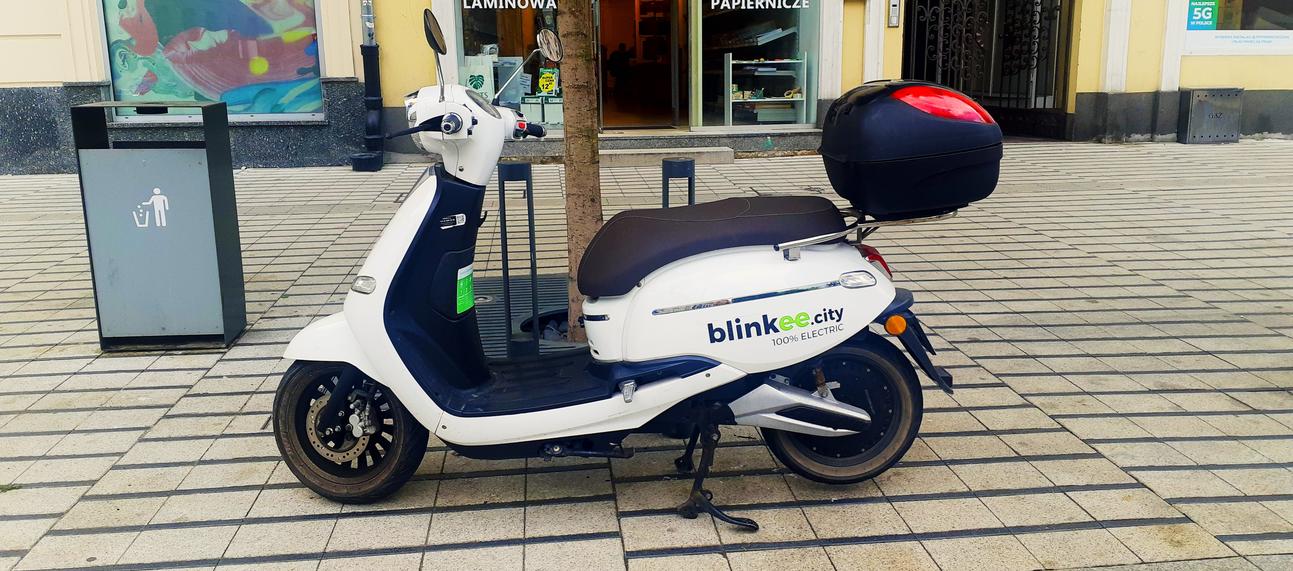Moving beyond Modes
Why modal thinking might limit opportunities for inclusive policy development and innovation in our ITEM cities.
Many of the policymakers and stakeholders we have interviewed for the ITEM project expressed uncertainty, and even hesitancy about the transition to electric mobility. In Poznań, Poland; Bristol, UK; and even Oslo, Norway, the urban transport policymakers in particular were not sure that supporting the transition to electric mobility is a local priority.
Or more specifically, supporting the transition from personal internal combustion engine (ICE) to electric cars is not a priority in these medium-sized European cities. Why? An electric car is ‘still a car’ as one Poznań policymaker said. The same policymaker went on to describe the importance of investing in public transport, explicitly contrasting it to electric mobility.
In other words, many of our participants interpreted questions about the transition to electric mobility as questions about the transition to electric vehicles (EVs) or even more specifically, to personal / private EVs. Personal, private EVs do not fit urban transport policy visions of less congested, more vibrant cities, any more than ICE vehicles do, even if EVs make the city less polluted and lower greenhouse gas emissions.
We, as researchers, often had to prompt participants to give their policy perspective on the switch to electric propulsion for other vehicle types like buses and bicycles. Their views on new(ish) vehicle types like e-scooters were ambiguous – pleased with their popularity, worried about their impact on space and place. Most didn’t even mention other EV alternatives, such as the electric mobility scooters and wheelchairs, or the pedal-free two- and three- wheelers commonly found in other parts of the world.
Partly this is because the focus of global and national discussions about the transition to electric mobility is often on EVs, as the IEA’s annual report demonstrates. However, that is not the only reason that many transport planners and practitioners default to personal EVs when asked about the transition to electric mobility.
Modes, modal hierarchies and modal shift are useful ways of explaining, learning about, and dividing responsibilities for transport policy, design and operation. Even those responsible for transport strategy across the geographical area of a municipality usually divide transport into modes. E-scooters and alternative types of EVs are not easily assigned to traditional modal categories such as active travel or public transport – no wonder our policymakers are not sure how to regulate them or whether they are a positive addition to their city’s transport system.
Meanwhile, alongside the heuristic of segmenting transport by mode sit other assumptions: Modal hierarchies describe which modes are more or less socially, economically, and environmentally valued in policy terms.
Modal shift is what needs to happen so that more people travel by the more valued modes in a given hierarchy. Therefore, transport policy processes should aim to influence individual mode choice to achieve the desired modal shift. They should make more valued modes more attractive and efficient or less valued modes less attractive and efficient.
The problem is that not everyone has the same capability to choose nor the same perception of what is attractive nor the same urge for efficiency of movement. Accessibility and affordability are obvious barriers or motivations, but what about social opportunities and pressures? What about experiences of safety or enjoyment of risk? What about the added value of travelling more slowly if that time is also active or productive or contemplative?
Modal thinking limits how innovative and inclusive policymaking for the transition to electric mobility can be because it comes with so many prior assumptions, not least that personal electric cars are the only type of electric mobility being discussed. We need to move beyond modal knowledge. It is useful, perhaps fundamental to the responsibilities of transport policymakers and practitioners. But it must be complemented by new learning if we are to take advantage of all the opportunities to be innovative and inclusive that the transition to electric mobility can offer.


